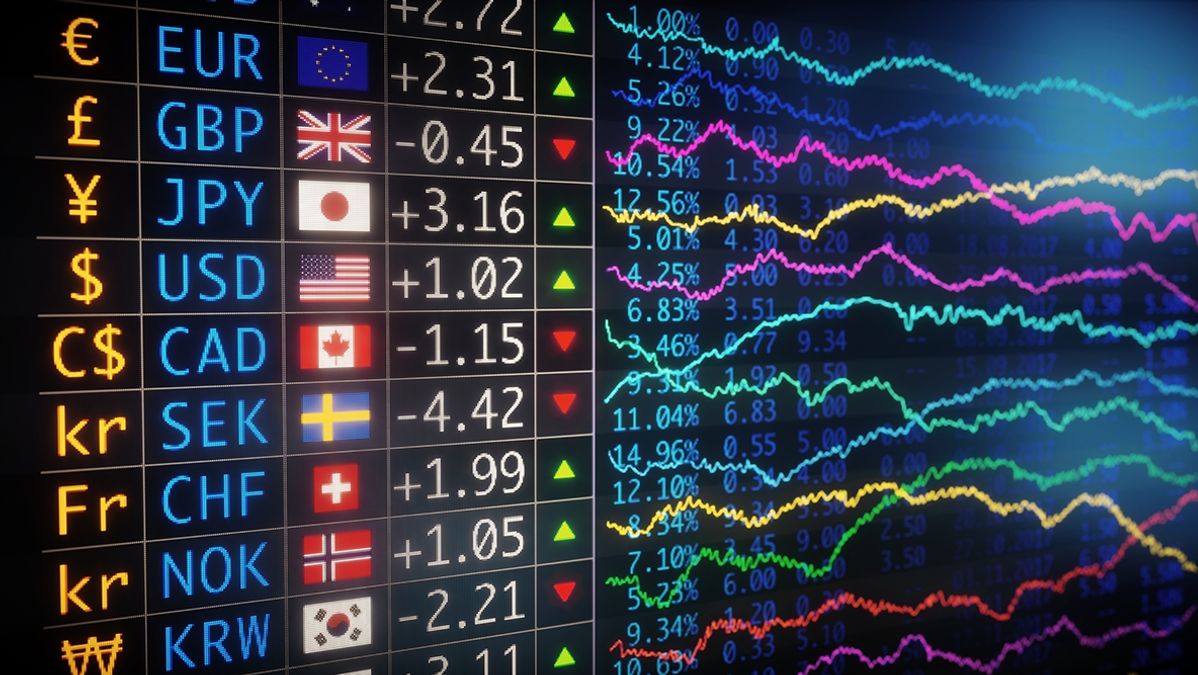A recent study titled ‘Foreign Exchange Swap Liquidity’ conducted by researchers from the University of St Gallen and the Swiss Finance Institute has uncovered significant financial implications within the foreign exchange swaps market due to the practice of balance sheet window dressing by several major banks. Specifically, the study highlights the impact of this practice on market liquidity conditions, particularly in the euro/US dollar currency pair. The researchers estimate that the widening of bid/ask spreads at the end of financial quarters could lead to approximately $184 billion in additional transaction costs for participants in the foreign exchange swaps market. This phenomenon, attributed largely to the strategic financial reporting practices of some banks, points to a substantial burden on market efficiency and cost for traders and institutions involved in these currency swap transactions.
Understanding the Impact
The practice of balance sheet window dressing involves banks altering their financial statements to appear more favorable to investors, regulators, and the market at large, particularly at the end of financial quarters. This strategy, while legal, can have wide-reaching effects on market operations and efficiency. The study specifically points out how this manipulation affects the liquidity in the foreign exchange swaps market, causing a significant widening of bid/ask spreads. Such changes not only make trading more costly but also reflect on the overall health and transparency of financial markets.
The Cost of Manipulation
According to the research, the practice of window dressing predominantly occurs in the currency pairs with the highest volume of transactions, such as the euro/US dollar. The artificially induced liquidity crunch at quarter-ends forces traders to accept wider bid/ask spreads, incurring approximately $184 billion in additional transaction costs annually. This not only represents a substantial financial burden on market participants but also raises questions about the integrity and efficiency of financial markets subject to such manipulation.
Market Implications and Outlook
The findings of the ‘Foreign Exchange Swap Liquidity’ study shed light on a critical issue within the forex swaps market, urging regulators, investors, and market participants to reconsider the impact of balance sheet window dressing. The revelation calls for increased scrutiny and potentially new regulations to curb practices that lead to inefficiencies and added costs in the market. As the forex market continues to evolve, ensuring transparency and fairness remains a paramount concern for preserving market integrity and protecting the interests of all participants.
The uncovering of these practices and their financial implications invites a broader discussion on the need for regulatory reforms and market adjustments to foster a more transparent, efficient, and fair trading environment. As the financial world grapples with these challenges, the study serves as a vital call to action for all stakeholders involved.
